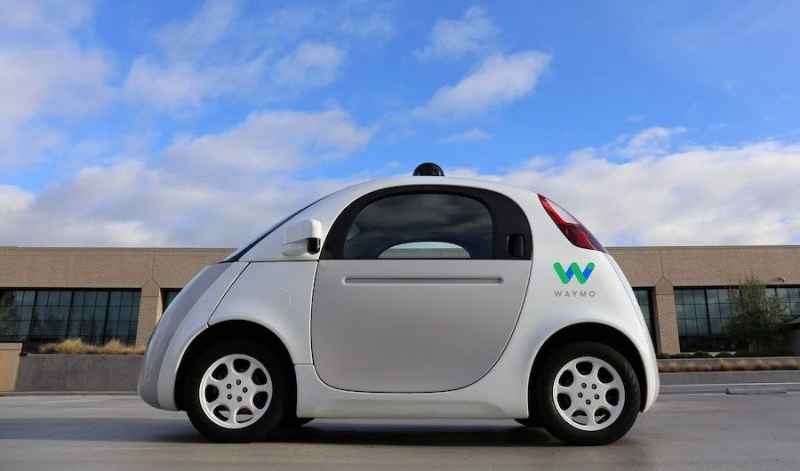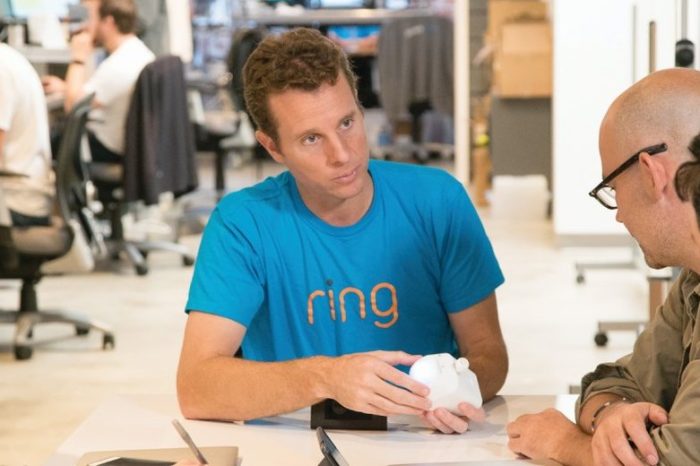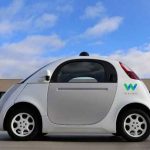Alphabet’s Waymo cuts 8% of its employees after second round of layoffs

Alphabet’s Waymo has laid off another 137 employees in its second round of job cuts this year, bringing total cuts for the year to 200, or 8% of its workforce after the company reported its initial job cuts in January. In a statement, the company said it eliminated some engineering roles as part of the cuts to “focus on commercial success.” The company has now laid off a total of 209 jobs so far this year.
A Waymo spokesperson also said the job cuts are part of a broader organizational restructuring that follows a “fiscally disciplined approach.”
Waymo’s layoffs follow a massive job cut at Google’s parent Alphabet in January after the tech giant announced it cutting about 12,000 jobs or 6% of its workforce. The cuts affected affect a large number of employees who support Google’s experimental projects including is health science unit, Verily Life Sciences.
The announcement is the latest in a series of job cuts in the tech industry. Just yesterday, Twitter laid off 10% of its workforce, reducing its total headcount to less than 2,000.
Last month Zoom announced it was laying off 15% of its workforce, or about 1,300 employees as its stock fell from its peak of $559 to $85. A day earlier, Dell announced plans to lay off 6,650 workers. In January, Google also said it plans to lay off more than 12,000 workers, while Microsoft revealed it plans to cut 10,000 employees and Salesforce announced plans to lay off 7,000 workers.
With just two months into 2023, more than 428 tech companies have laid off 120, 422 tech workers, according to Layoffs.FYI, a site that has been tracking all tech layoffs using data compiled from public reports.
Waymo, which stands for a new way forward in mobility, is a self-driving technology company with a mission to make it safe and easy for people and things to move around. Founded in 2017 by Joao Messias and Shimon Whiteson, Latent Logic, formally Morpheus Labs, has developed state-of-the-art deep reinforcement learning techniques which allow robots to solve complex “human” tasks by learning from demonstration. The lead market for this technology is autonomous vehicles, which can speed up the development of autonomous control systems, or test their performance and safety via simulated test cases with realistic human behaviors.




